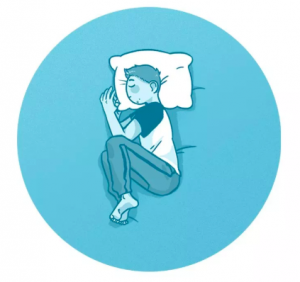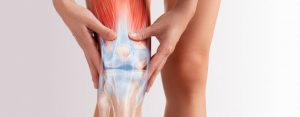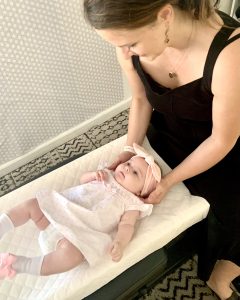What is Plantar Fasciitis?

Plantar fasciitis is describes the sharp pain heal pain typically arising after long periods of stationary inactivity. The tissue connecting the calcaneus bone to the metatarsal bones becomes inflamed and causes sensitivity along the bottom of the foot.
People generally notice plantar fasciitis more in the morning or after long periods of inactivity or just after exercise. Moving around generally alleviates the sharp pin like sensation associated with plantar fasciitis.
Risk factors
Plantar fasciitis risk factors:
- Age: There are more reported instances in people 40-60 years old
- Certain sports: Long-distance running, ballistic jumping activities, ballet dancing, aerobics can put a lot of stress on the fascia lying on the bottom of the heel
- Foot shape: People with flat-feet, high arches, or even abnormal walking patterns have unevenly distributed weight and thus put more stress on the plantar fascia
- Obesity: People who are obese can put extra stress on their plantar fascia leading to more wear and tear as time goes on
- Occupation: Teachers, nurses, and people who tend to be on their feet for a large portion of the day can put a lot of excess stress on their plantar fascia
Complications:
- Chronic heel pain: Ignoring plantar fasciitis can lead to long term damage that may impact ability to complete regular activities
- Other chronic issues: Compensating for your heel pain can lead to increased stress on other areas of the body and may lead to chronic back pain, leg pain, and neck pain.
Treatment Options:
- Insoles: Insoles can help support your foot and correct any structural abnormalities which may contribute to plantar fasciitis.
- Steroids: Steroid shots can help reduce inflammation within the plantar fasciitis.
- Physical therapy: Physical therapy can help strengthen the plantar fascia and surrounding muscles
- Ice: ice can help reduce inflammation
- Chiropractic: A chiropractor can help suggest exercises and stretches to strengthen surrounding muscles, and may also include soft tissue work to increase circulation healing and lymph drainage in the area.
- Shock-wave therapy: A Machine will artificially stimulate blood flow around the affected area by breaking up adhesions and confusing nerve signals with shock waves.
- Tenex procedure. A doctor will make a small laceration on the heel surface and administer targeted ultrasound to break down scar tissue.
- Surgery: Complete removal of the plantar fascia is typically only done as a last resort. Surgery usually is done in one day and requires a boot and splint for an extended period of time.
SCHEDULE AN APPOINTMENT TODAY
Custom Chiropractor
(408) 248-8700
3700 Thomas Rd. Suite 207
Santa Clara, CA 95054





